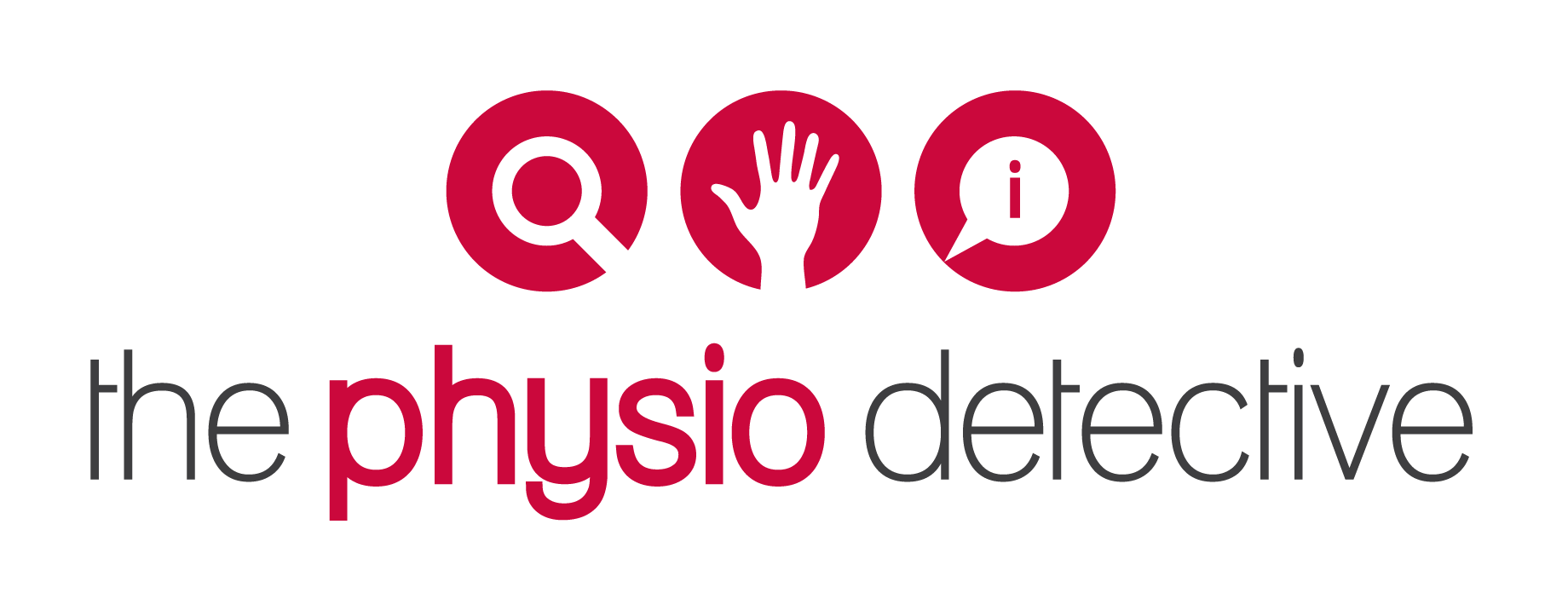5 Reasons Why Tools In Toolboxes Are A Problem
This blogpost is part of The Female Athlete - Level 2 handout. I’m seeing too much of the “biopsychosocial” acknowledgment but persistent use of the “tools in toolboxes” phrase. Let’s have a think of what that implies…including us being facilitators to helping people “fix themselves”. What exactly are we or they “fixing”? Let me know what you think below.
- We are interactors, not operators (Jacobs, Silvernail, Blickenstaff PMID: 22547923, 23633891, 23115476 in response to 22294849) • We interact with the person in front of us and together we dynamically adapt to the unfolding situation
• An operator is someone who is “fixes” things
• We should not be operators - we are not their guru/saviour!
• We are their trusted consultant who provides them all the information, including our opinions (as biased as they might be) so they can make an adult decision about their body and their life - A “tool” and “toolbox” implies we are mechanics or people who fix things and we just select the right tool for the job and we will fix them
• This is not what we do!
• If it were that simple, then everyone should just get better…yet they don’t - That’s why “Principles, Not Protocols” are the way to move forwards
• Principles apply in most, if not all situations
• They guide the interactive decision making process that you and the person are involved in • They don’t tell you what to do and when to do it
• They reflect your mission, values, and ethics - your BAMS
• Recipes or Procedures or Rules tell you what to do and when to do and in what order to do it • They are excellent for certain situations like someone having a stroke or heart attack
• Following a Protocol can make a person feel unseen and unheard
• It can make them feel invalidated because we are classifying them - In every interaction, there are many decisions that are made consciously and unconsciously
• Every decision you make needs to be filtered consciously or unconsciously through the principles
• Following a Protocol means you might miss a series of critical decisions that can change the outcome of an interaction
• An experienced health or fitness professional has a series of decisions they respond to when they see certain things, often unconsciously
• This is often like a subroutine that runs automatically
• Be conscious and aware that it is happening, even if you don’t do anything about it
• It should be theoretically possible for an AI to go through an assessment and gather the information necessary to clarify and then list out the key features of an interaction - So instead of looking for more courses and techniques to learn to put more “tools in your toolbox”, learn how to develop the best Principles you can that apply to everyone
• If you do want to take technique courses, remember that the reasons why these things work is often wrong as taught by the instructors
• Learn #alltheways for how the body moves
• Keep the principles in mind
• e.g. Full 3D ROM with control, strength, power, and speed
• Learn more about psychology, changing behaviour, communication, and coaching - learn less about the
technical “right” and “wrong” things to do
